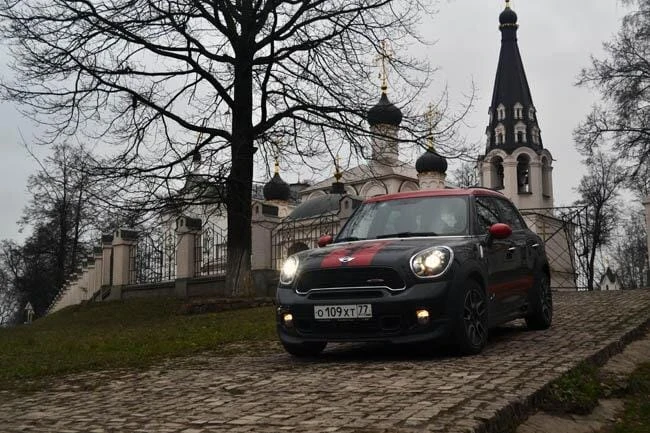Which four-wheel drive is more complete and better in winter on crossovers
Many people know that there is permanent all-wheel drive, like on the Niva and Subaru, there is part-time – this is a hard-wired all-wheel drive, like on the UAZ and many old frames, and a plug-in crossover all-wheel drive.
But not everyone knows that crossover all-wheel drive also has differences. There are those who have a leading rear axle by default (for example, the BMW X1), there are those who have a leading front axle by default, and the rear is connected on demand, like most crossovers, and there is an all-wheel drive with a leading front axle and connected independently rear wheels separately (traction can be transmitted to the left rear wheel, to the right rear wheel or to both at once) – this was the case with the turbocharged Nissan Juke, Acura MDX and some others.
What is better in winter? Crossover with which drive is more manageable, safer and more passable? Autoreview journalists conducted tests and got very curious conclusions. There were no Ramnikovs from Part-time [because these are not crossovers], the honor of permanent all-wheel drive was defended by the Subaru Forester 2.0 on the mechanics (there is a multi-plate clutch on the machine), rear-wheel drive with a plug-in front represented the BMW X1 xDrive23d, front-wheel drive with a plug-in rear axle – Mini Countryman SD All4, and an advanced system with torque transmission to the rear wheels separately – Nissan Juke 1.6 turbo.
So, the main conclusion is that there are differences! But … when the stability control systems are on, the differences come down to the operation of the electronics, and not to the operation of the all-wheel drive. And even if the stabilization system is completely turned off (Forester, by the way, it was impossible to do this), it is hardly possible to talk about the advantage of someone's drive, because suspension settings, steering, wheelbase length, tires also played an important role.
So, for example, the Nissan Juke, in principle, obeys the helm and is very predictable, but the car now and then strives to stand sideways due to a short base. Mini also turned out to be quite nervous. In addition, the stabilization system works late for him. The Forester performed the most stable, but he always drove with the stabilization system on, and everyone behaved calmly with it, so I would not consider this an advantage. The BMW with the disabled stabilization system showed itself to be the most exciting and interesting. So a little more traction goes back (60%), it has a purely rear-wheel drive controllability – more gas – deeper skid, less – less. And it's fun. But on a straight broken road with ruts, he was wound back and forth.
In general, the all-wheel drive scheme has nothing to do with it. The times when the plug-in all-wheel drive worked clumsily according to the principle: “I connect a second after the main axle starts to slip” have long gone. All modern systems work with lightning speed, the connection of the second axis is imperceptible and efficient.
By and large, it doesn't matter now which all-wheel drive scheme you choose. You are out of your mind and will not turn off the stabilization systems on a slippery road to hit the edge, right?
The same can be said about permeability. It would seem that Subaru should have unconditional leadership in cross-country ability with its permanent all-wheel drive, but no. If we leave aside the clearance and geometric cross-country ability, the Nissan Juke rows quite well – it climbed the farthest into the snowy mountain. And I would have climbed even further, if not an overheated variator.
Initially, the rear-wheel drive BMW also makes a wonderful track, none of the wheels are lazy, and the Mini also runs all four without failures and overheating. It brings only a clearance of 123 mm.
Everyone coped with diagonal hanging in approximately the same way – the stabilization system imitates blocking and the car drives out with twitches and jerks. Subaru had an advantage only in the geometry of the suspension travel – it was more difficult to hang it than others. Well, another difference is that less powerful and high-torque motors spin up more strongly.


